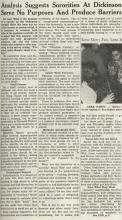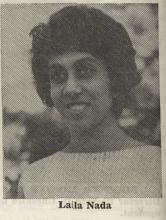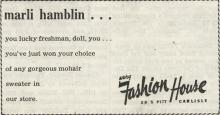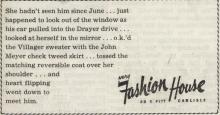Sororities at Dickinson: Do they serve a purpose?
In an article entitled "Analysis Suggests Sororities at Dickinson Serve No Purposes and Produce Barriers," a writer for The Dickinsonian explores whether or not sororities are justifiable at a liberal arts college. The author argues that it is not difficult to make friends on a small campus and that there is a psychological danger to the rejection some face at the hands of sororities. Moreover, the author called for sororities to justify their existence, especially in light of the discrimination they practiced toward black women.









